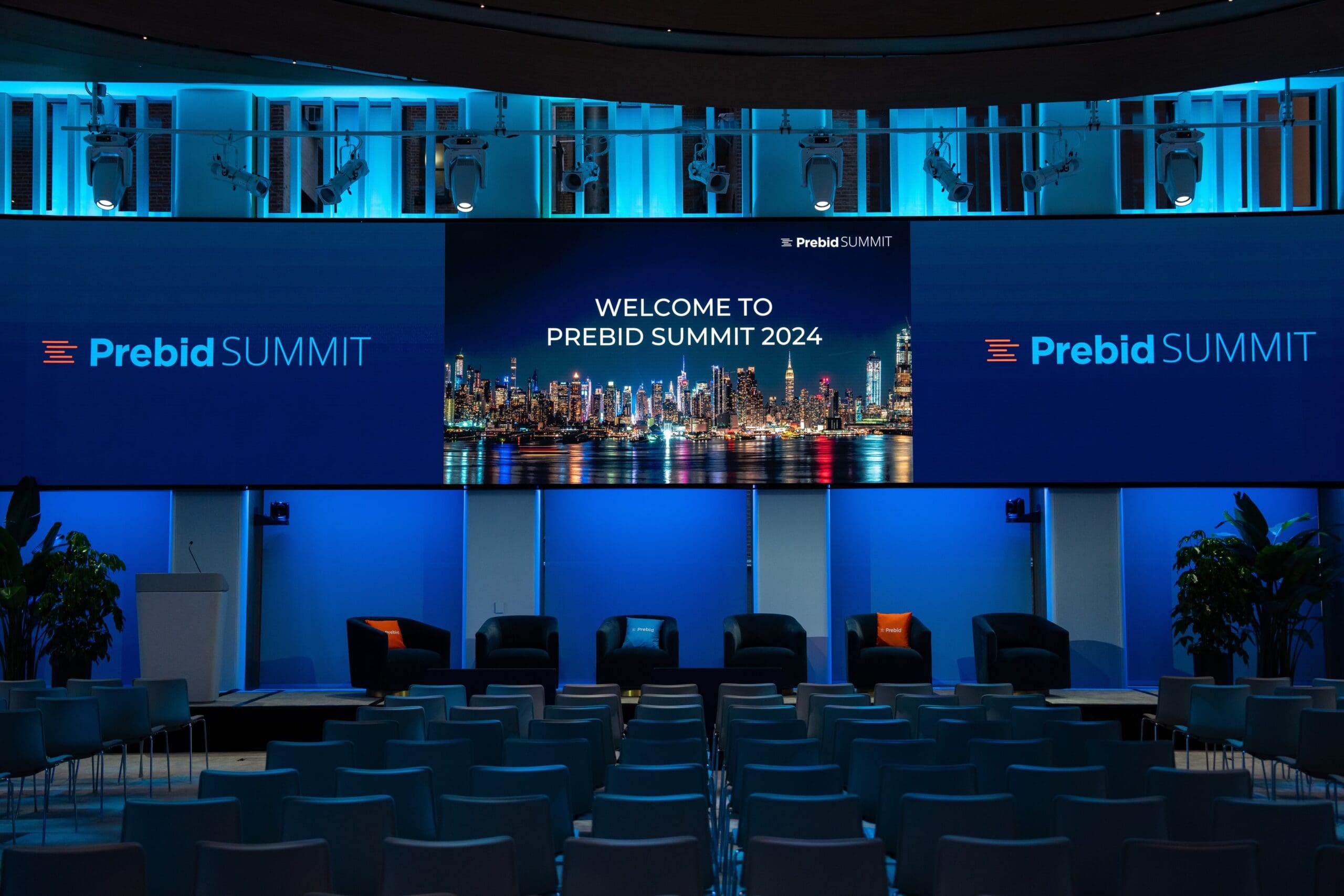The digital advertising landscape is on the brink of a major transformation driven by Google’s impending privacy changes. These changes are set to address growing concerns around user privacy and access to personal data, compelling marketers to rethink their strategies. As the industry shifts away from third-party data, the reliance on these traditional identifiers for ad targeting and personalization will soon be a thing of the past.
Adding to the urgency, the GDPR and CCPA have already revolutionized how brands interact with consumers. However, 69% of marketers across industries believe that the elimination of third-party cookies (3PCs) will have an even greater impact. This sentiment is particularly strong among CPG and financial services marketers, with over 75% indicating that the loss of these identifiers will surpass the effects of GDPR and CCPA.
In this new privacy-first era, marketers must prepare for a future where first-party data becomes the cornerstone of effective ad targeting and personalization.
Transitioning from Third-Party to First-Party Data
The shift away from third-party data will profoundly alter how ads are targeted, making it harder to identify and track user activity. The loss of third-party cookies (3PCs) and Mobile Advertising IDs (MAIDs) means that marketers will struggle to personalize ads and measure marketing effectiveness, with 70% of marketers believing the industry is heading in the wrong direction.
Third-party identifiers have been essential for resolving individual identities online, targeting personalized advertising, and measuring campaign performance. However, the move by Google and Apple to phase out these identifiers aims to honor consumer privacy, though it benefits these companies as their direct customer relationships remain unaffected.
Leveraging First-Party Data in a Privacy-First World
First-party data, collected directly from users with their consent, presents a substantial opportunity for digital advertisers. This data is inherently more reliable and compliant with privacy regulations, offering a path to effective personalization without the pitfalls of third-party data.
High-growth companies are already leveraging first-party data to adapt to the evolving digital landscape. By tapping into user data from their own apps and websites, these companies can map user touchpoints and engagements. This approach not only respects user privacy but also ensures that marketing efforts are more targeted and relevant. For instance, 61% of high-growth companies are using first-party data to adapt to changes in the digital marketing landscape.
To effectively use first-party data at scale, digital advertisers need to implement machine learning (ML) technologies. Legacy AdTech solutions often fall short in a privacy-first era, but ML can manage vast amounts of data and extract actionable insights quickly.
Automated ML approaches are particularly advantageous as they can adapt to the digital landscape’s rapid changes while prioritizing user privacy. Deep neural networks, a form of ML, enable advertisers to analyze and contextualize first-party data in real time. This capability is crucial for rapidly adapting to user behavior and maintaining the relevance of ad campaigns
Gaining User Insights at Scale with Machine Learning
To effectively use first-party data at scale, digital advertisers need to implement machine learning (ML) technologies. Legacy AdTech solutions often fall short in a privacy-first era, but ML can manage vast amounts of data and extract actionable insights quickly.
Automated ML approaches are advantageous as they adapt to landscape changes while prioritizing user privacy. Deep neural networks enable real-time analysis and contextualization of first-party data, which is crucial for rapidly adapting to user behavior and maintaining ad campaign relevance.
ML allows marketers to gain deeper customer insights by identifying patterns and trends in areas like preferences, behaviors, and sentiments that would be difficult for humans alone. Techniques like predictive analytics, clustering algorithms, and natural language processing uncover valuable information to inform strategies across marketing, product development, and customer service.
A key ML advantage is processing large data volumes from websites, apps, and customer interactions efficiently. ML algorithms surface meaningful insights that can optimize marketing campaigns, product recommendations, customer segmentation, churn prediction, content generation, and more.
However, ML’s effectiveness depends on training data quality and adhering to data governance and privacy practices. But by leveraging ML, businesses can deliver more personalized marketing while respecting user privacy.
The Strategic Shift to Privacy-First Advertising
The transition to privacy-first advertising represents a significant paradigm shift for the digital marketing industry. Marketers who embrace this shift by leveraging first-party data and advanced ML technologies can deliver highly targeted ads without relying on third-party data. This not only ensures compliance with privacy regulations but also builds consumer trust.
Future Trends in Data-Driven Marketing
The digital marketing landscape continues to evolve, and so do the methods of data collection and utilization. The deprecation of third-party cookies and heightened privacy concerns are driving the need for innovative solutions. Businesses that adapt to these changes by investing in comprehensive data platforms like Adapex’s Data Refinery will be better positioned to thrive. By focusing on first-party data and fostering strategic collaborations, companies can future-proof their marketing strategies and achieve sustainable growth.
Conclusion: Standing Out with Privacy-First Strategies
The move towards privacy-first advertising is not just about compliance; it’s about gaining a competitive edge. Marketers who effectively leverage first-party data and implement advanced ML techniques will stand out in the industry. This approach will enable them to navigate the changing digital landscape successfully, delivering personalized and effective advertising while respecting user privacy.
Contact us to learn how you can transform your advertising strategy with Adapex’s privacy-first solutions.













